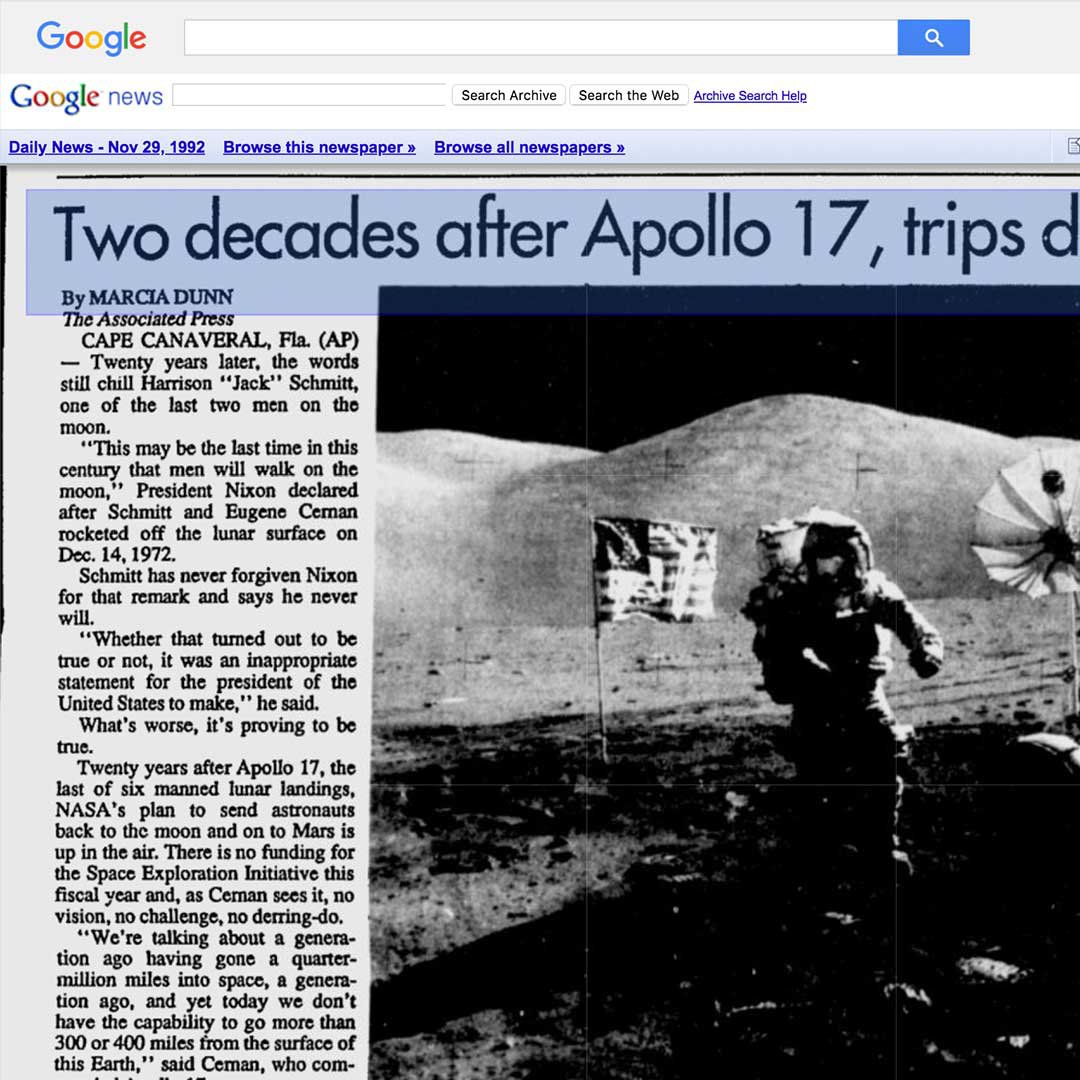The Definitive Guide for News Articles
The Definitive Guide for News Articles
Blog Article
About News Articles
Table of ContentsNews Articles - The Facts3 Easy Facts About News Articles ShownWhat Does News Articles Do?Things about News ArticlesSome Known Questions About News Articles.
Great expertise of various subjects offers students an one-upmanship over their peers. Even though electronic and social media sites are conveniently easily accessible, we must not forget exactly how essential it is to review the newspapers. Moms and dads must try and instill the behavior of reading a newspaper as a day-to-day routine to proceed the legacy of the adored print medium.News stories also include at least one of the following crucial features relative to the designated target market: distance, importance, timeliness, human passion, curiosity, or effect.
Within these restrictions, news stories also aim to be extensive. Among the larger and more highly regarded papers, justness and equilibrium is a major factor in providing details.
Newspapers with a worldwide audience, for example, tend to utilize a much more formal design of writing. The details selections made by a news outlet's editor or editorial board are usually accumulated in a style overview; usual style overviews consist of the and the US News Style Publication. The main objectives of news writing can be summed up by the ABCs of journalism: accuracy, brevity, and quality.
News Articles Things To Know Before You Get This
Generally, reporters will certainly not utilize a long word when a short one will do. They utilize subject-verb-object building and construction and brilliant, energetic prose (see Grammar). They use stories, instances and allegories, and they hardly ever depend upon generalizations or abstract concepts. Information authors attempt to avoid making use of the same word greater than once in a paragraph (occasionally called an "resemble" or "word mirror").
Nevertheless, headings in some cases leave out the topic (e.g., "Leaps From Watercraft, Catches in Wheel") or verb (e.g., "Feline woman fortunate"). A subhead (also subhed, sub-headline, subheading, subtitle, deck or dek) can be either a subservient title under the main heading, or the heading of a subsection of the write-up. It is a heading that precedes the main message, or a team of paragraphs of the major text.

Additional signboards of any of these types may show up later in the short article (particularly on succeeding pages) to lure more reading. Such signboards are also utilized as pointers to the short article in other sections of the publication or website, or as advertisements for the item in various other publication or websites. Typical structure with title, lead paragraph (recap in vibrant), various other paragraphs (information) and contact info.

Instance of a hard-lead paragraph NASA is suggesting one more space project. The firm's budget plan demand, revealed today, consisted of a plan to send out an additional objective to the Moon. This time the company intends to establish a long-lasting center as a jumping-off factor for various other space adventures. The budget requests around $10 billion for the task.
An "off-lead" is the 2nd most essential front web page news of the day. To "hide the lead" is to start the write-up with background information or information of secondary relevance to the viewers, requiring them to review even more deeply right into a post than they should have to in order to uncover the necessary factors.
News Articles Fundamentals Explained
Common usage is that or more sentences each form their very own paragraph. Journalists normally explain the company or framework of a newspaper article as an inverted pyramid. The important and most interesting aspects of a tale are put at the beginning, with supporting details following in order of diminishing relevance.
It allows individuals to explore a topic to only the depth that their inquisitiveness takes them, and without the imposition of information or subtleties that they could take into consideration unnecessary, however still making that information readily available to extra interested visitors. The inverted pyramid structure likewise allows write-ups to be trimmed to any type of arbitrary size during design, to suit the room readily available.
Some authors begin their stories with the "1-2-3 lead", yet there are several kinds of lead offered. A kicker can refer to several points: The last story in the news program; a "pleased" tale to end the show.
Longer write-ups, such as publication cover short articles and the pieces that lead the inside areas Get More Information of a paper, are recognized go to this site as. Function tales differ from straight information in several ways. Foremost is the lack of a straight-news lead, the majority of the moment. Rather than providing the essence of a tale in advance, function writers may attempt to entice visitors in.
How News Articles can Save You Time, Stress, and Money.
The journalist often details interactions with interview subjects, making the piece extra individual. A function's initial paragraphs usually relate an interesting minute or occasion, as in an "anecdotal lead". From the particulars of an individual or episode, its view swiftly widens to abstract principles concerning the story's topic. The area that signifies what a function has to do with is called the or signboard.

The Editor's Tool kit: A Referral Overview for Beginners and Professionals (2001) Allan M. Siegal and William G. Connolly. The New York Times Guidebook of Style and Usage: The Authorities Style Overview Used by the Writers and Editors of the World's The majority of Reliable Newspaper (2002) M. L. Stein, Susan Paterno, and R.
Report this page